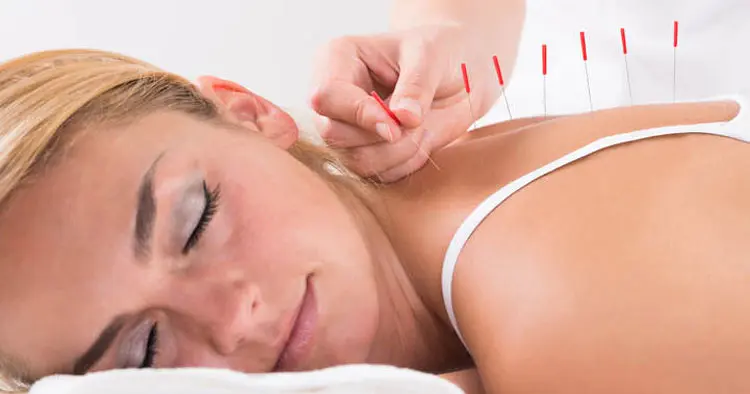Muscle Pain and Tendinopathy
Treating Trigger Points
How To Treat Trigger Points
The management of symptomatic trigger points are often relatively easily addressed by taking a combined approach of rest, stretching and movement. Allowing your body to rest if you have “muscle knots” by taking a break from those activities responsible for causing the trigger points is a logical starting point. Coupling this relative rest with some gentle stretching to the muscles can help in releasing tension, while encouraging movement through non-aggressive exercise may also help to relieve any trigger points. If such an approach fails to relieve the trigger point pain then a more topical and targeted approach will frequently provide satisfactory relief. The goal with treating trigger points through applying topical approaches such as massage and other soft tissue techniques is to achieve a “release”. “Releasing” a trigger point is noticed whereby the individual perceives an easing of sensitivity of the knot and any associated pain. The easing of pain is often accompanied with the sensation that the tissue in the area has “softened”. Much of this change is subjective rather than objectively measured but many therapists value highly the treatment and releasing of muscle knots as part of their management approach to many common pain and injury presentations such as neck pain, headaches and lower back pain…
Topical treatment options commonly employed in the management of trigger point pain by physiotherapist and other remedial practitioners include:
- Hot and cold therapy. An approach which can be used in isolation, or as a combined therapy whereby there is an alternating application of heat and cool approach.
- A variety of massage techniques, from applying a sustained direct pressure to rhythmical kneading.
- Use of topical heat rubs. Heat creams such as deep heat, pain away, dencorub and tiger balm… can be effective in some circumstances for relieving pain associated with muscle knots. The use of creams containing menthol, capsaicin, or camphor such as those listed above can be effective in managing muscle knot pain.
- Dry needling of the trigger points and associated areas is a technqiue used by many physiotherapists to help with “releasing” knots.
- Shockwave therapy can also be used locally by physiotherapists on “active” trigger points to provide a “release” and subsequent easing of pain.
All such approaches are typically of anecdotal benefit without significant scientific research backing. However this doesn’t mean such approaches don’t work. If you want your complaint and the relevance of any palpable muscle knots assessed then our physio team in Randwick or Sydney CBD are here to help.
Disclaimer: Sydney Physio Clinic does not endorse any treatments, procedures, products mentioned. This information is provided as an educational service and is not intended to serve as medical advice. Anyone seeking specific advice or assistance regarding Treating Trigger Points should consult his or her general practitioner or physiotherapist or suitably skilled practitioner.


